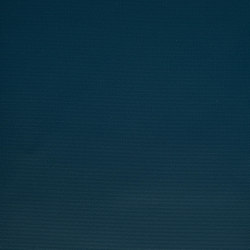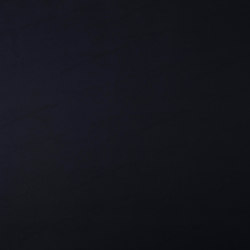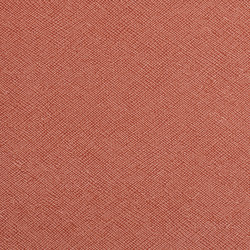Pioneers in sustainable coated fabrics: Morbern’s green journey
Historia de la marca de Tom Howells
Cornwall, Canadá
26.09.23
Beyond mere ‘eco marketing’, Morbern continues to embrace sustainable practices in every step of its coated fabric production, all while preserving high-performance, durability, versatility and aesthetic appeal…
Morbern may not be a wantonly flashy company, but the Canadian-founded, sustainable fabrics brand is a pioneer in its field. Fabrics like its GEO FRee range (pictured) are both oil-resistant and easily cleanable

Morbern may not be a wantonly flashy company, but the Canadian-founded, sustainable fabrics brand is a pioneer in its field. Fabrics like its GEO FRee range (pictured) are both oil-resistant and easily cleanable
×Sustainable coated fabrics may not be at the sexier end of the design-world spectrum – but the Canadian-founded specialists at Morbern are pushing a green agenda based on both impeccable quality and ambitious quantity.
A little background. The company was established back in 1956 by Morris Bloomfield and Bernie Stein (hence the snappy portmanteau) as a laminator; but Morbern as a vinyl manufacturer sprung properly to life in Cornwall, Ontario, in 1964. The subsequent years have seen a steady ascent, across oceans and continents (to the US, Europe and Asia), to becoming the coated fabric – vegan leather, per se – pioneer the company is today.
One of Morbern’s key selling points is in the functionality of its materials – applicable to a myriad of uses across different industries, both indoors and out, due to their weather- and abrasion-resistant properties
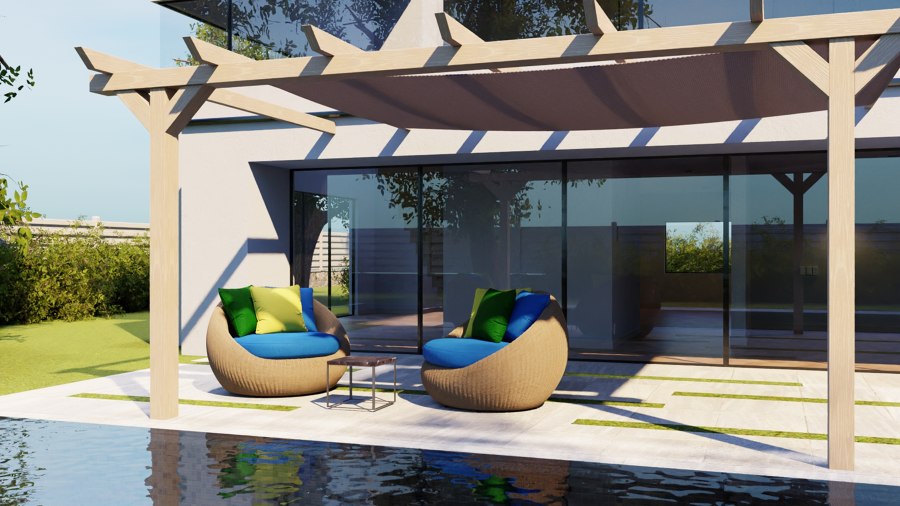
One of Morbern’s key selling points is in the functionality of its materials – applicable to a myriad of uses across different industries, both indoors and out, due to their weather- and abrasion-resistant properties
×Designed to last
Morbern is regarded for its durable and easy-to-clean fabrics, applicable across a huge range of environments – whether corporate, recreational, hospitality, healthcare or travel settings, by way of neat product innovations like KoolFab™ (using built-in technology to reduce surface temperatures for alfresco settings), Splash™ (a super-stretchy, weather-resistant material), FReedom (conceived to be customised by the designer) and (n)Motion! (a hard-wearing, patterned iteration for buses, tubes, trains et al).
Morbern is regarded for its durable and easy-to-clean fabrics, applicable across a huge range of environments – whether corporate, recreational, hospitality, healthcare or travel settings
Crucially, these never fail to maintain impressively elegant aesthetics despite their workhorse, PVC-vinyl-coated construction, which isn’t prone to peeling or cracking, and is highly sustainable (50% of their makeup being common salt) and energy-efficient to produce. Morbern’s fabrics can be plain (leather-look), embossed (with geometric or textile grains) or even printed in infinite pattern and colour combos at high resolution – always with incredible abrasion resistance. It's a complete package.
Despite the high-performance remit and synthetic construction, Morbern’s fabrics are notably elegant – available in plain, embossed and printed iterations. The innovative KoolFab (pictured) uses temperature-reducing fabrics to cool outdoor seating
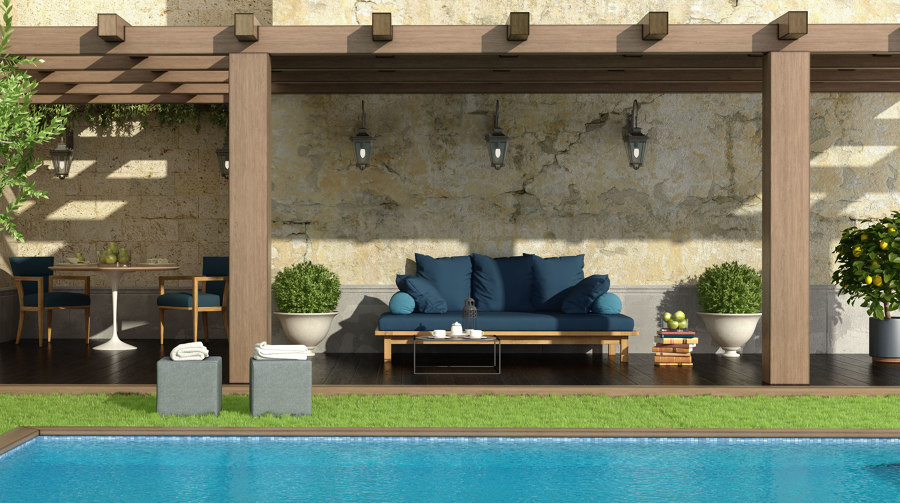
Despite the high-performance remit and synthetic construction, Morbern’s fabrics are notably elegant – available in plain, embossed and printed iterations. The innovative KoolFab (pictured) uses temperature-reducing fabrics to cool outdoor seating
×Leading the way
All this would be nothing if it weren’t for the company’s sincere commitment to a greener future – bolstering its industry leader credentials further. They’re not entirely out alone; most vegan leather manufacturers have embraced greening practices of some kind and are normally ISO14001 accredited (an environmental management certification).
Where Morbern does differ is in its loftier ambition of offering the largest range of green products on the market: ‘Not just,’ explains Morbern Europe’s vice president, Carine Equeter, ‘one or two flagship ranges to help with “eco marketing”, but more sustainable raw materials at every step of our products’ development and fewer chemicals, all without any drop in performance or durability.’
Morbern’s green credentials are shaping the company’s character in a profound way. But they have prior form, having long-introduced materials without toxic flame-retardant additives. Pictured: the soft leather Allante fabric at the JO&JOE Gentilly Hotel

Morbern’s green credentials are shaping the company’s character in a profound way. But they have prior form, having long-introduced materials without toxic flame-retardant additives. Pictured: the soft leather Allante fabric at the JO&JOE Gentilly Hotel
×Sustainability through innovation
Morbern was pioneering in introducing materials without flame-retardant additives, which leach toxic chemicals when disposed of. This initiative has been honed into the MorGreen collection: 87 different fabrics across three ranges (Eden FRee, Geo FRee and Mistral FRee, with Zephyr FRee planned for 2024) in muted, classic and eye-popping colourways. All, crucially, are FR-free, achieve the lauded OekoTex label for non-toxic content and, in the case of the most recent addition, EvoHide, combine high bio-content ingredients with a 100% recycled polyester backing fabric. The latter development is a significant one: Morbern has recently switched to the same polyester backing fabric across its eight best-selling ranges, every metre of which is knitted using yarn created from 2.5 post-consumer-waste PET bottles. It’s a modest-sounding change that is, in fact, a huge deal.
‘The concept of designing and promoting a product without considering its contents or impact on the environment is simply no longer an option’
Even away from the granular specifics of its materials, Morbern continues to push the envelope. A case in point? The company’s Canadian plant itself, which is powered by renewable hydro-energy, with waste reused in the production process, and the water released into the Saint Lawrence River at the end literally being clean enough to drink.
The company has recently switched to the same polyester backing fabric across eight of its ranges (including EvoHide™ Mistral FRee, pictured), each metre of material constructed from 2.5 post-consumer-waste PET bottles
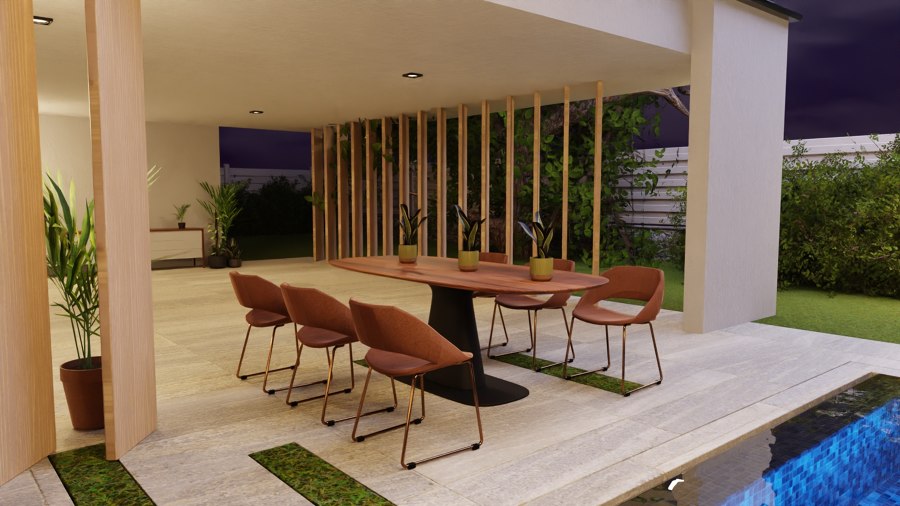
The company has recently switched to the same polyester backing fabric across eight of its ranges (including EvoHide™ Mistral FRee, pictured), each metre of material constructed from 2.5 post-consumer-waste PET bottles
×A green legacy
In a world where the once hypothetical ramifications of eschewing green approaches to manufacturing are looming perilously real, it’s this kind of future-proof, big-ticket thinking that makes a real difference to the design industries. Behind Morbern’s ‘rough diamond’ branding, there’s no doubting the integrity – and impact – of these changes.
Morbern’s green initiatives may sound modest, but they make a massive impact. That kind of progressive remit is the third pillar – along with aesthetic form and indisputable function – that defines the brand
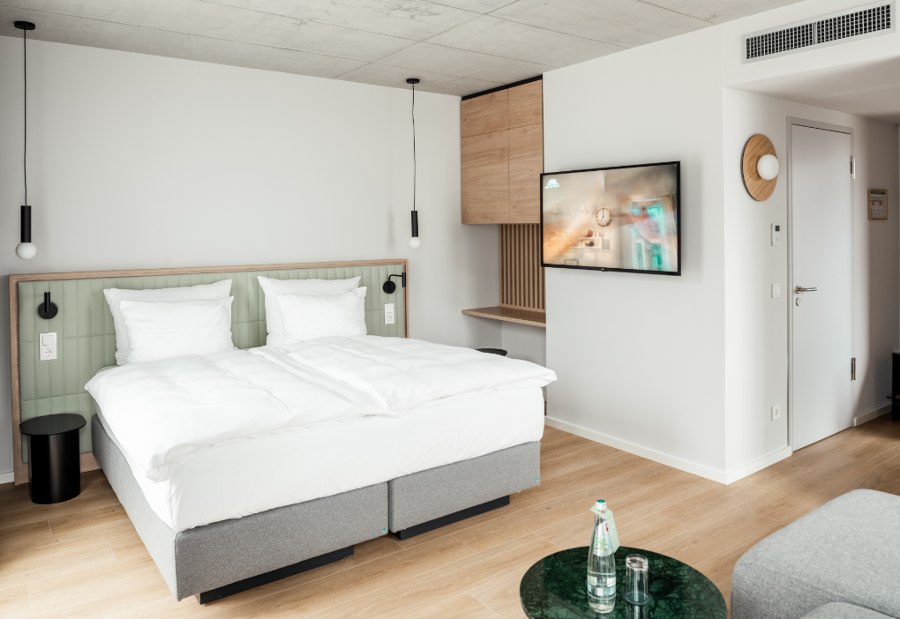
Morbern’s green initiatives may sound modest, but they make a massive impact. That kind of progressive remit is the third pillar – along with aesthetic form and indisputable function – that defines the brand
בThe concept of designing and promoting a product without considering its contents or impact on the environment is simply no longer an option,’ concludes Equeter of the philosophical drive. ‘Coated fabrics have suffered somewhat of a backlash with man-made products being perceived as less “green” than natural fibres… [But] coated fabrics are often much greener and sustainable overall. It is important to give designers all the facts so that they can make an informed decision on the most suitable surface solution for their project.’
© Architonic
Head to the Architonic Magazine for more insights on the latest products, trends and practices in architecture and design.





